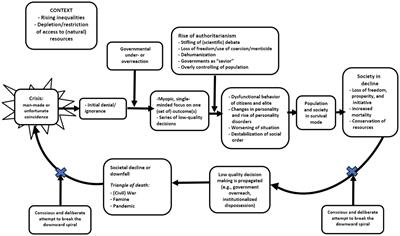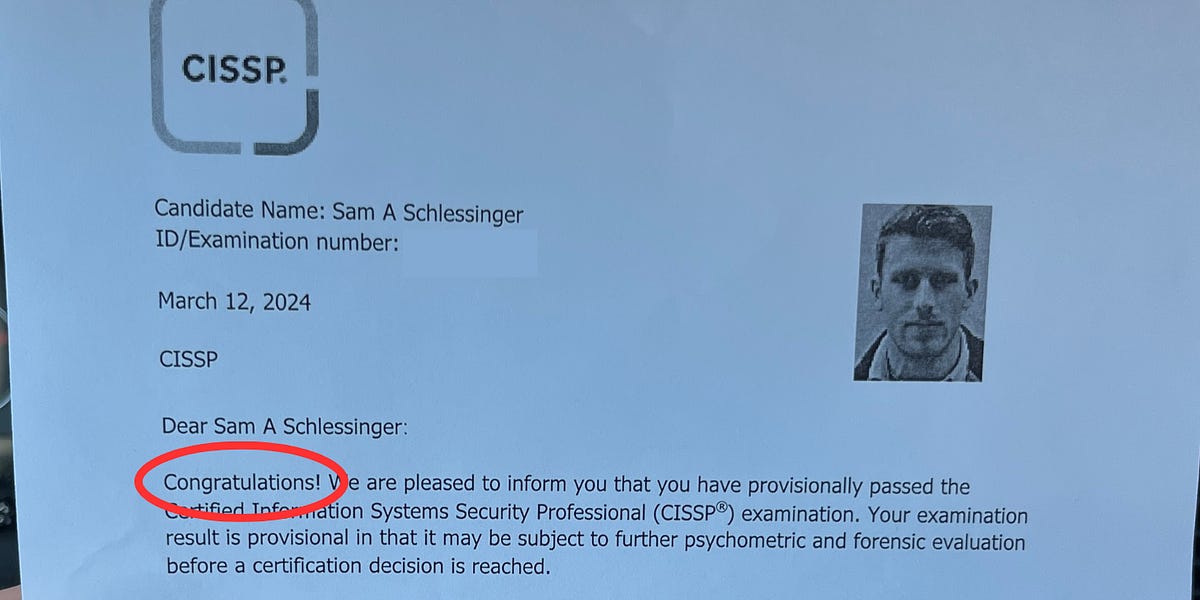How to recognise and diagnose kernel panics
No crash or panic should ever happen, kernel panics least of all. What happens in a kernel panic is so seriously damaging to the macOS kernel that it simply can’t recover, so forces your Mac to restart (or, sometimes, to shut down). This article describes how to recognise and diagnose kernel panics, and what you should do about them.
It’s essential not to call this a ‘crash’. Crash is a general term which obscures the severity of a panic. A crash can be as simple as an app unexpectedly quitting, while a panic is highly disruptive and should never happen.
Within a minute or so of successfully restarting, the Mac should display a panic log in a window, inviting you to send that log to Apple. Don’t do anything yet: open a new document in TextEdit or another text editor, select the entire contents of the panic log (Command-A), copy it (Command-C) and paste it into that text document. Save that as your record of the event, then please send the panic log to Apple as requested.
Apple will not respond to your log. Panic logs are collected and analysed automatically, and don’t reach Apple Support. Unless you contact Apple Support yourself, you will hear nothing more about that panic.




















